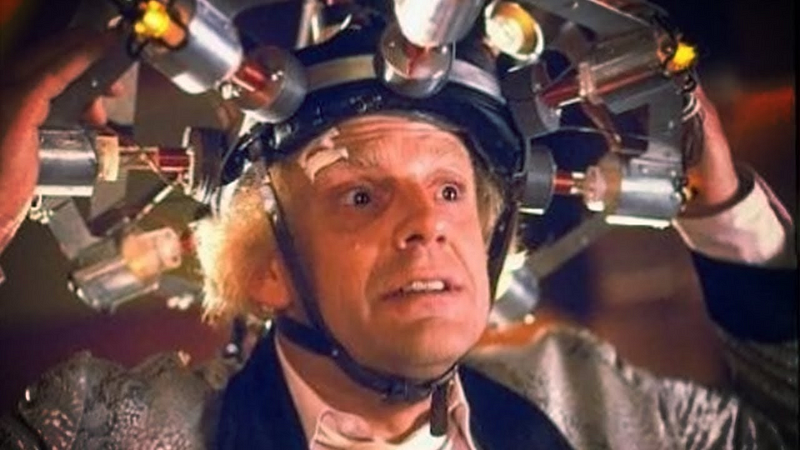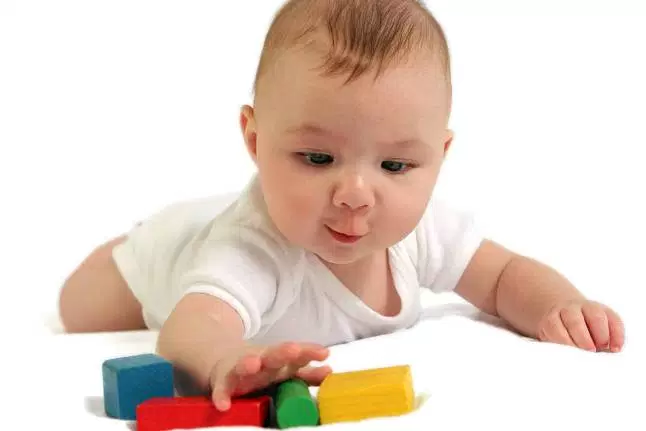I am 44, a father of 4, and 4 years ago I had a motorcycle accident that left me with a mostly paralyzed right arm, as well as strong 24/7 chronic pain. I recently posted about my journey in life with chronic pain, and how I ended up co-founding lab39 — a start-up on the mission of improving care for chronic pain sufferers. This post is about yet another more recent path I took, as part of my journey to use technology for improving my condition, and that of other like me.

Part 1: The Inspiration — Reprogram my brain
At the end of 2017, I participated in a thought provoking, and somewhat experimental treatment, conducted by a Professor of Psychology, specializing in Psychomotility and Psychomotricity. It was experimental in the sense that she had tremendous success in treating hundreds of amputees, but I was her first patient with a connected paralyzed limb. The end goal of the treatment was to reduce chronic pain, but the idea behind it was like taken from a movie — literally, brain reprogramming.

No, it did not involve connecting weird devices to my head. Instead, it was very similar to what we naturally do when we program our brain for the first time, during childhood.
The theory behind it is well established: our brains hold a “Body schema” — a detailed and up-to-date representation of our body. The body schema contains a dedicated area in the brain for each and every body part. That area constantly communicates with its respective body part, using the nervous system, and uses that input to record the most up to date position, temperature, touch, and other sensory data. That’s how we know the exact position of our body parts in space, even without looking. Our body also uses these representation to keep our balance, and to control complex movements.
One relatively recent (few decades) scientific discovery was that these areas in the body schema are not static. Our brain has the ability to grow and enrich these representations. As these brain representations become bigger and richer in detail, we gain better sensitivity and control over the respective body part. This is especially evident when observing the development of babies and toddlers.
Newborns have a fairly limited body schema. But very early on, within the first few weeks of their life, they start developing it. For example, they start noticing their hands as they wave them above their face, or when they touch things. Gradually, they make the connection between these hovering objects, and something that is connected to them and that they can control. For the next few years, through constant practice, they enrich this representation, and acquire ever finer sensitivity and control. They learn to hold and place objects, eat, draw, dress up, write, use scissors, and many other “fine motor skills”. They are programming their brain.

So how is all of that related to chronic pain?
At the crux of it — the body schema doesn’t know how to recover from a severe trauma to the nervous system, such as paralysis or amputation. While it has the ability to morph and adapt to the natural physical changes that take place as we grow up, it is not capable of handling abrupt and unnatural changes caused by trauma.
These injuries lead to a mismatch between the old schema in the brain (which still mostly represent the body as it was before the trauma), and the nerve signals it’s getting (or expecting, but not getting). This mismatch generates an “error” state in the brain, which is often interpreted by the brain as a threat. This threatening error state then leads to auto-generation of pain. The pain is often sensed as “real” pain in the injured / amputated organ, but it’s 100% generated in the brain.
The goal of the treatment is to facilitate healthy bidirectional communication between the body schema in the brain, and the injured body part. The hope is that such communication will help the brain reprogram its schema, and remap the nerve signals it’s receiving.
Facilitating this communication is achieved by methods that are very similar to what we do with babies:
- Stimulate the hand by immersing it in water or sand, and concentrate on the sensations as we vibrate the medium, or as I try to do small accurate movements of my hand.
- Body balance exercises.
- Fine motor skills exercises — accurate and controlled movements, often manipulating small objects.
- Trying to hand-press on a digital scale at a certain force while blindfolded, or follow a certain path while blindfolded.
I did these exercises for 1.5 hours sessions, 2–3 times a week. The outcome of these fairly simple exercises was mind-blowing on the one hand, and a devastating disappointment on the other.
At the beginning of each session we did a small test — a simple task of picking up and putting down small balls. We then repeated the test at the end of the session. The differences were shocking.
Moreover, my pain dropped after these sessions! Not just dropped a bit, but dropped at the same rate it did when I was injected with anesthetic drugs directly to the nerves! Nothing less than WOW!!! Doing these fairly simple exercises had the same effect on my pain as injecting an anesthetic material!!!
Unfortunately, the effect didn’t last. The pain got back to its regular levels about 1–2 hours after the session, and next time we did the test at the beginning of the session — it was back to the level it was at the beginning of last time. So while my brain was clearly reacting to the treatment, it was not “learning”. There were no long term effects on my brain.
I had two takeaways from this:
- It works! At least some significant portion of my pain can be alleviated by remapping my body schema.
- Exercising is not enough. Not even 3 times a week. I need to find a way to have this “facilitated communication” in real life. I need to find a way to use my hand.
It was this last point that lead me to my conclusion: I need to motorize my arm so I can use my hand in everyday life. But in order to maximize results, it should be built such that I will control the motor using regular brain / nerve / muscle signals. I decided to robotize my arm.
How did it end up? Stay tuned for part 2…

This reminds of the movie ghost in the shell. How they start tweaking humans with mechanical parts and then started regretting it when it reached to a dangerous level.